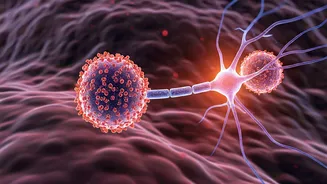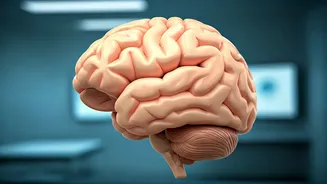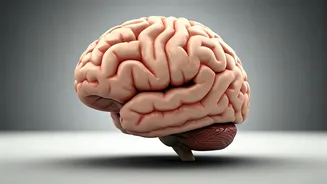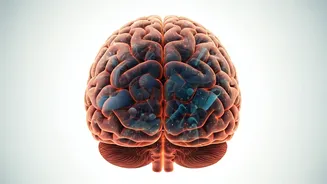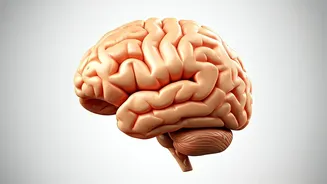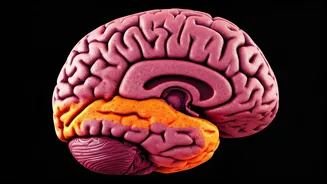Microglia's Protective Role
Alzheimer's disease, a progressive neurodegenerative ailment, is marked by the buildup of amyloid plaques and tau tangles in the brain. However, the body
possesses its own defense system. Microglia, the brain's resident immune cells, act as the first line of defense. They are responsible for clearing away harmful substances, including the aforementioned plaques and tangles, thereby helping to protect neurons from damage. Research suggests that by understanding the behavior of microglia, scientists may be able to enhance their protective functions and potentially slow down or even halt the progression of Alzheimer's. The microglia's ability to clear the brain of harmful elements is, therefore, a crucial area of study.
Immunotherapy Potential Explored
The knowledge of microglia's role has opened avenues for immunotherapy, a method of treatment that boosts the immune system to fight disease. The goal is to stimulate microglia to work more effectively, clearing out the harmful substances associated with Alzheimer's. Some promising strategies involve enhancing the microglia's ability to engulf and eliminate amyloid plaques. This could be achieved through various interventions, such as administering antibodies or other compounds that activate the cells. Scientists are also investigating ways to modulate microglia's inflammatory responses, since excessive inflammation can worsen Alzheimer's. By refining these approaches, researchers aim to develop targeted treatments that can help the immune system to slow down the progression of Alzheimer's.
Genetic Influences Uncovered
Genetic factors play a significant role in determining the risk of developing Alzheimer's disease. Certain genes may influence the activity and functionality of microglia. Some genetic variants are linked to a higher risk of developing the illness, possibly by affecting the microglia's efficiency in clearing out harmful proteins. Conversely, other genetic variations might offer protection, promoting more efficient microglia activity and therefore reducing the risk. Research is underway to identify the specific genes and pathways involved. This will help understand the complex interactions between genetics, microglia function, and Alzheimer's disease, creating the path for identifying individuals at high risk and creating individualized treatments that target their specific genetic make-up.
